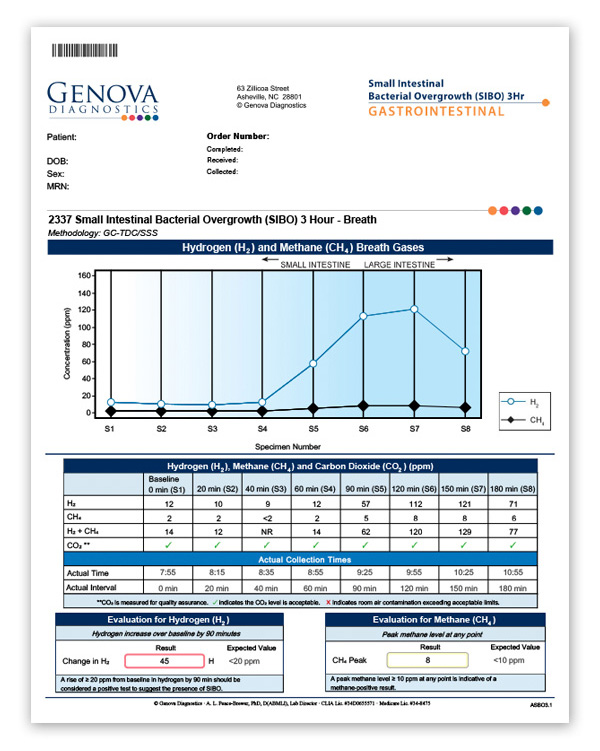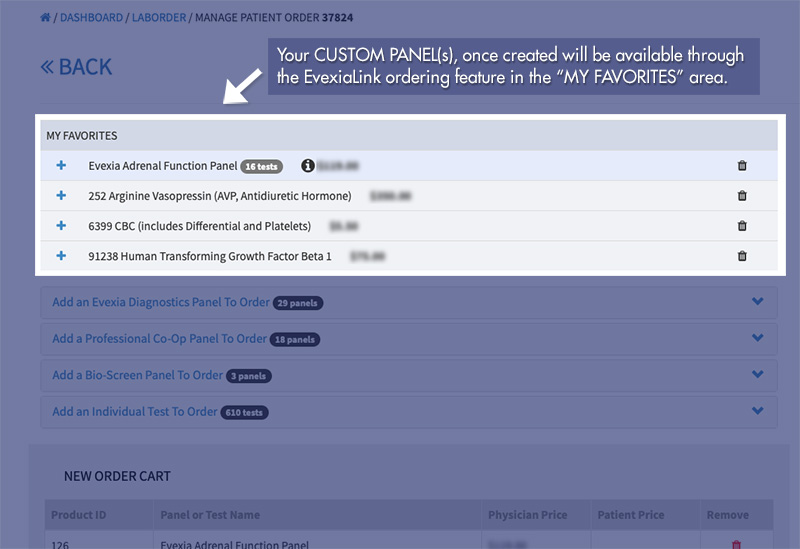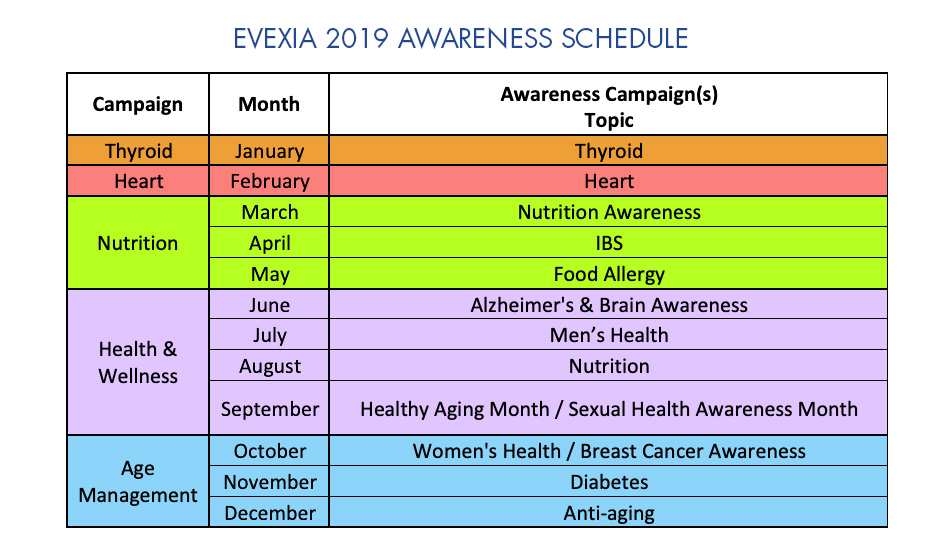SIBO is a common clinical condition and can develop in a variety of patient populations.
SIBO Profiles are non-invasive breath tests which capture exhaled hydrogen (H2) and methane (CH4) gases following patient ingestion of a lactulose solution to evaluate bacterial overgrowth of the
small intestine.
Clinicians have the option of a 2 or 3-hour SIBO assessment.
The 3-hour SIBO profile provides insight into gas levels over a longer period of time, and is recommended for patients with slower gastrointestinal transit or constipation.
When should testing for SIBO be considered?
Symptoms of SIBO are non-specific, encompassing abdominal pain/distention, diarrhea, and flatulence.
Conditions commonly associated with SIBO include:
- IBS
- IBD
- Celiac Disease
- Diabetes
- Fibromyalgia
- Rosacea
- Parkinson’s Disease
- Obesity
Risk factors for development of SIBO include structural/anatomic issues, motility disorders, organ system dysfunction, elderly age and various medications (recurrent antibiotics, PPIs) that alter the gut microflora populations.
Symptomatic patients with any underlying conditions or risk factors warrant assessment for SIBO.
What advantage does the SIBO breath test offer compared to other diagnostics?
While aspiration of small bowel fluid (followed by culture and bacterial count) is considered to be the current gold standard for diagnosis of SIBO, it is not routinely performed because it requires a complex, invasive technique, and is costly. As a result, experts suggest breath testing for the diagnosis of small intestinal bacterial overgrowth.
What can clinicians and patients expect from the SIBO breath testing?
In general, clinical management of the SIBO patient involves antimicrobial therapy, prokinetic agents, nutrient supplementation, dietary interventions, and treatment of comorbid conditions.
SIBO profiles reflect the current state of scientific understanding related to SIBO breath testing and results interpretation – and are designed to optimize management of the symptomatic patient.




